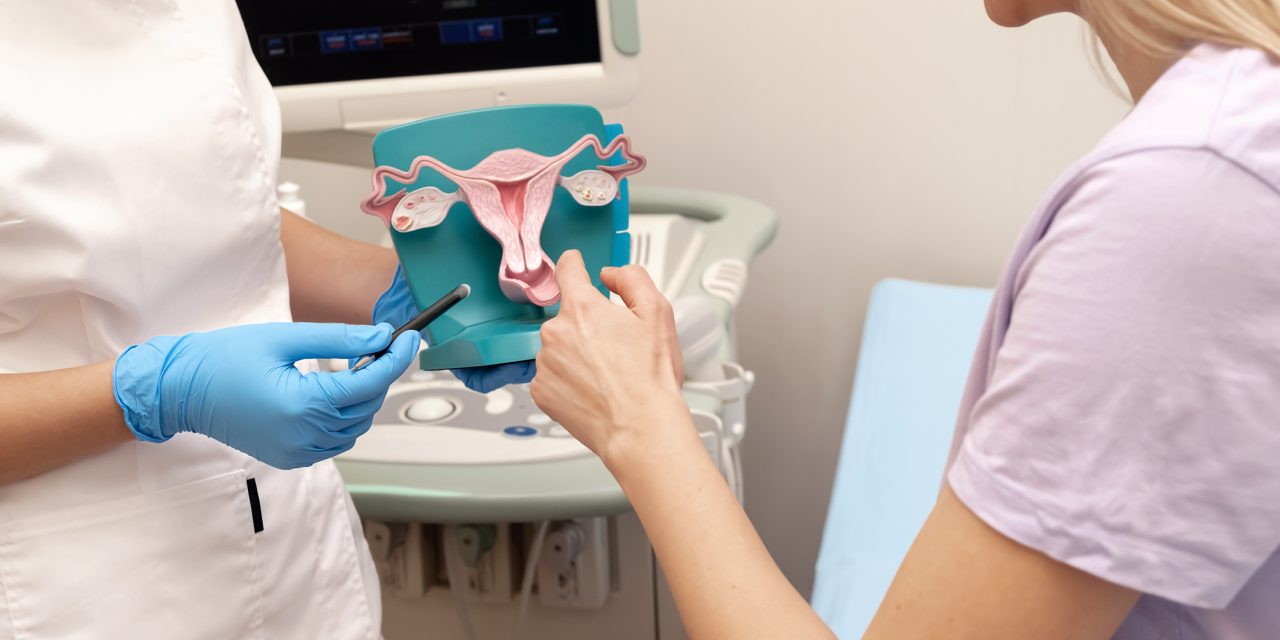Herein, a feasible outside-in hydrothermal self-transformation strategy is presented to fabricate hierarchically porous benzene-bridged organosilica nanoparticles (HPBONs), and detailed mechanistic investigations were performed to study the formation of hierarchically porous nanostructures. The obtained HPBONs consisted of a mesoporous core (2.3 nm) and a large mesoporous flocculent shell (12.6 nm), which corresponded to an overall diameter of ∼ 200 nm and good water dispersibility, respectively. Owing to the unique hierarchically porous structure and high surface area (877 m/g), HPBONs showed a high coloading capacity for the hydrophilic drug doxorubicin (DOX) and the hydrophobic photosensitizer chlorin e6 (Ce6) (355 µg/mg, 38 µg/mg, respectively) and acid-responsive DOX drug release (42.62%), leading to precise chemo-photodynamic therapy in vitro, as the cytotoxicity assay revealed 70% killing of breast cancer (MCF-7) cells. This research provides a new method to construct hierarchically porous organosilica-based nanodelivery systems.Copyright © 2021 Elsevier Inc. All rights reserved.
Self-transformation synthesis of hierarchically porous benzene-bridged organosilica nanoparticles for efficient drug delivery.


